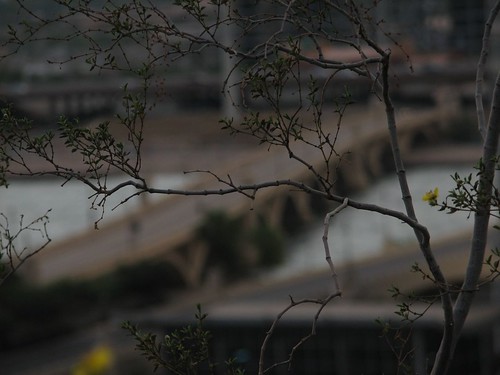
ISO/ ISO equivalent
ISO (equivalent) speed on a digital camera gives an indication of the sensitivity of the image sensor.
If by adjusting the shutter speed / aperture combinations you cannot obtain a correctly exposed picture (usually in low-light situations), then you may want to select the next higher ISO.
Noise
ISO usually results in noisy images because of the high sensitivity.
ISO speed and image sensor size
The size of the image sensor determines the ISO speed range that a digital camera can use without suffering from undue noise. Image sensor (of same resolution) that is smaller will exhibit more noise at higher ISOs than the larger one.
S2IS has ½.5” sensor size
Notes:
- You obtain the best image quality by using the lowest ISO possible on your digital camera. If you want to ensure your digital camera always uses the lowest ISO setting, switch the ISO setting from the default "Auto ISO" (this setting is usually found in the Menu) to the lowest possible on the camera, say ISO 50.
Here's another good one that I got from A-mountain in Tempe.

References:
http://www.photoxels.com/tutorial_iso.html



